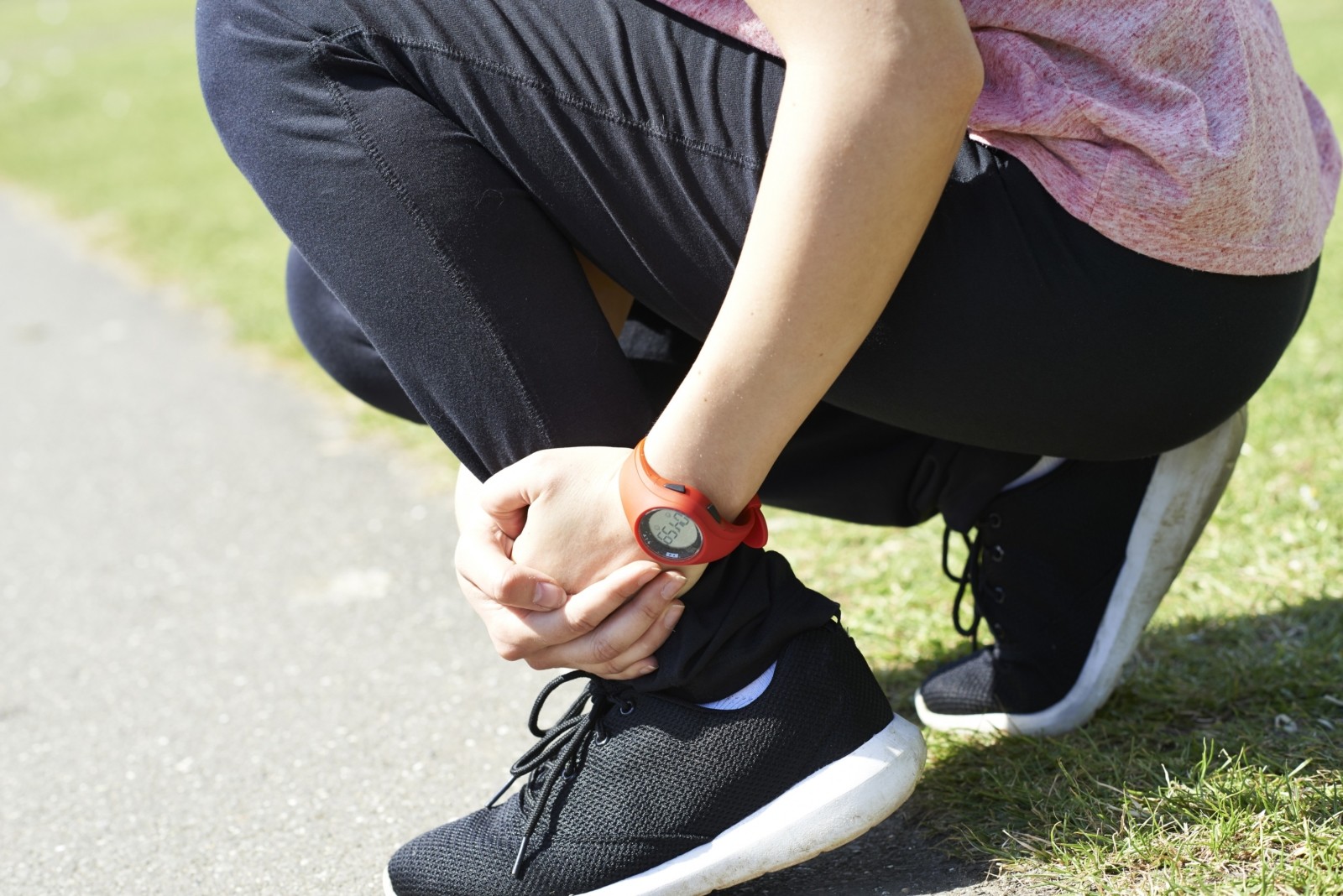Youth Sports Injuries
Overuse injuries are caused by repetitive stress on the body and are more prevalent than ever in youth sports injuries. According to the CDC (Center for Disease Control), more than half of youth sports injuries are preventable. Sports are an important aspect of children’s physical and social development. Too much of anything is never a good thing; “High School athletes account for an estimated 2 million injuries and 500,000 doctor visits and 30,000 hospitalizations”. Parents should become educated on the statistics around youth sports injuries and available resources.
Sports can be a very positive experience for children. Regular, healthy stress to the growing body will aid in bone growth and improved muscle strength. Team sports may be the first time children experience working and communicating with others. They will have their first role models in life and improve self-esteem. Unfortunately, youth sports injuries can put an end to all of that or severely restrict activity.
What is your role as a sports enthused parent? Allow your child to explore and encourage them to play different sports. Also, they need to be allowed to make mistakes. Give them a chance to learn from situations, evaluate what went wrong and find solutions. Lastly, praise them. They need to hear that you are proud. You also have a responsibility to protect them from common youth sports injuries.
Will pushing your child to the max benefit them in the long run? You see that your daughter is the best in her age group. Maybe, your son can run faster than the others on his team. What is the long-term goal? Is it an athletic college scholarship? A professional career? The statistics do not lie. According to NCAA research, the percentage of high school athletes that will compete in Division 1 programs are:
Football: 1.8%
Men’s Track and Field: 1.2%
Women’s Soccer: 2.4%
Women’s Volleyball: 1.2%
Of this population, the odds that an athlete will go on to play professionally are even less likely. The percentage of NCAA players that make it to Major Pro are:
Men’s Basketball: 1.1%
Football: 1.5%
Men’s Soccer: 1.4%
It’s a challenge, no doubt. Keeping them free of youth sports injuries, will help those dreams become reality.
When the body does not have time to rest and recover, tissue breakdown will happen faster than it can repair. Dr. James Andrews; one of the nation’s leading sports orthopedic surgeons has much to say about youth sports injuries. He states the top 2 reasons we’re seeing these overuse injuries are: 1.) Kids are being forced to play year-round. 2.) Kids are training as if they are adults and being worked as if they are professional athletes. He states that youth sports are being manipulated by a much larger system, contributing further to this devastating issue; “The systems out there in youth sports, particularly travel ball, have been important financial resources for the people who run them”.
Studies have shown that burnout and serious youth sports injuries lead many of America’s youth to abandon their sports by age 13.
Here are a few simple tips:
1. Allow your athlete to rest and recover for at least 3-4 months of the year.
2. Encourage your child to experience different sports.
3. Ensure they are participating in appropriate training for their age and stage of physical maturity.
4. Physical Therapists are musculoskeletal experts in the field of human movement. Licensed clinicians are skilled and trained to observe abnormal body mechanics, facilitate efficient movement and educate individuals on injury prevention and wellness. Your Physical Therapist is a vital resource for you during this journey as you navigate your child’s health and related youth sports injuries.
Contact us today to schedule a complimentary injury screening at 602-559-9700.
Tim Spooner PT, FAFS
CEO and President of Spooner Physical Therapy
Rachel Keith, PT, DPT, ATC
Physical Therapist/ Certified Athletic Trainer
References:
1 JS Powell, KD Barber Foss, 1999. Injury patterns in selected high school sports: a review of the 1995-1997 seasons. J Athl Train. 34:277-84.
2 Manoloff, Dennis. (2013, February 27). Noted Surgeon Dr. James Andrews wants your young athlete to stay healthy by playing less. Retrieved from https://www.cleveland.com.

